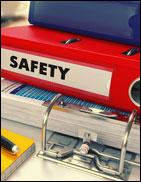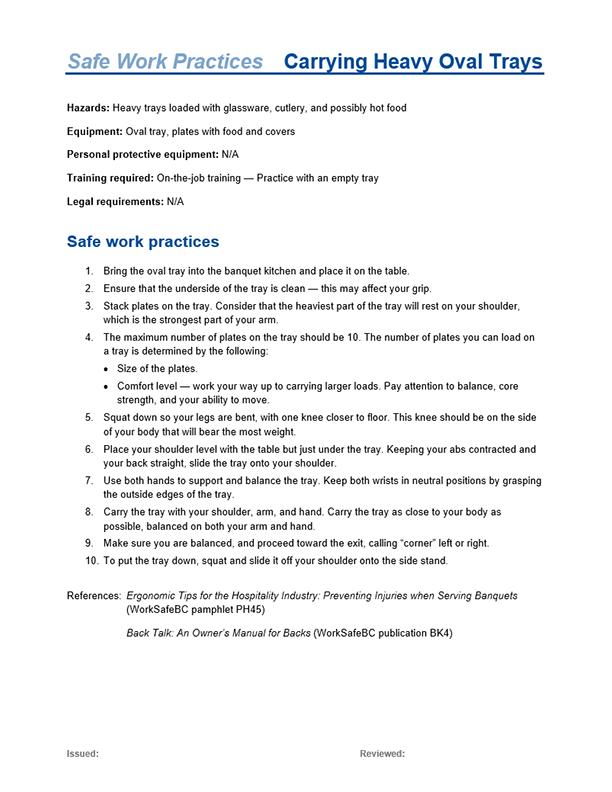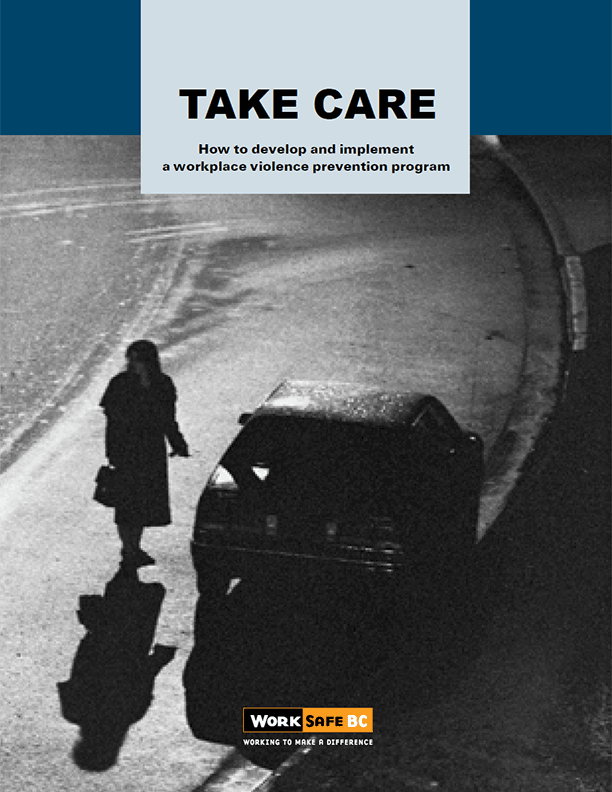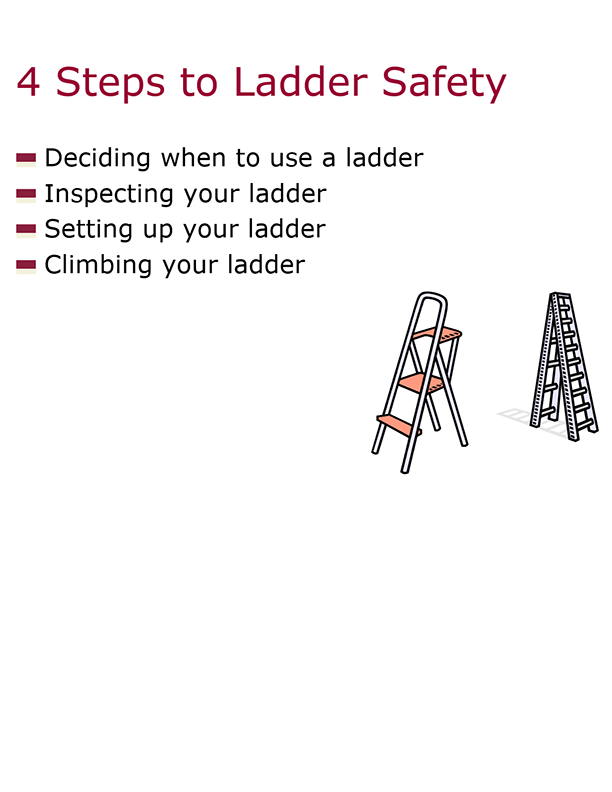July 31, 2017
Whistler Blackcomb Ski Resort might be best known for its vast terrain and jaw-dropping views, but there’s more to the alpine playground than spectacular slopes. It’s also a workplace with job-related hazards and injuries — and efforts to prevent both.
In its latest move to keep workers safe, the resort has thrown its support behind an on-mountain injury prevention program called Fit for Snow. Geared specifically to snow-sport workers, the BC-created program covers everything from proper nutrition to core exercises to help people avoid injury.
“We’re very excited about it, because it’s so well-tailored to snow-sport instructors, patrollers, and lift operators,” says Wendy Olsson, Whistler Blackcomb’s occupational health and safety supervisor. “We really wanted something that would have a dramatic effect on prevention.”
Selkirk College biology professor Delia Roberts developed the Fit for Snow program through funding from WorkSafeBC’s Research Services department. Roberts conducted a two-year study into the causes of injury among ski-hill workers at Whitewater, Sun Peaks, Lake Louise, Sunshine, and Red Mountain resorts, and whether the program could reduce the risk of getting hurt. The results, outlined in the November/December 2012 issue of WorkSafe Magazine (see “Perfect fit,” page 11), were overwhelmingly positive. Ski resorts in Australia and the United States, as well as safety and health professionals in Quebec, have expressed interest in the program.
DIET AND EXERCISE REGIME TARGETS YOUNGER WORKERS
Fit for Snow consists of a fitness program with exercises to build strength, flexibility, and endurance; proper movement strategies for specific ski-hill job tasks; and information on healthy eating, including the need to stay well-hydrated and well-fuelled throughout the day — all delivered in a way that appeals to the snow-sport-worker demographic.
With support from WorkSafeBC, Whistler Blackcomb is working with Roberts to study the program’s effectiveness in a group of instructors from the kids’ snow school this season.
“They do see a lot of injuries because of their demographic,” Olsson says. “They may not have as much experience taking care of themselves when it comes to the need to eat properly, hydrate, and get enough rest.
“They also do the most lifting. It’s really important for people who have to lift to learn about alignment and core strength.”
WorkSafeBC account manager Adrian Cook says that Whistler Blackcomb’s use of Fit for Snow is one more step the organization is taking to try to improve its safety profile. “I see the program building on other initiatives from previous years to keep the culture of improvement moving forward,” Cook says.
With Cook’s assistance, Whistler Blackcomb Holdings Inc., the mountain’s major shareholder, approached WorkSafeBC’s Research Services department to request funding to go ahead with the program.
“The results regarding the benefits of this program will be useful to the industry at large,” says WorkSafeBC research director Susan Hynes.
Although the program is just in a trial phase at Whistler Blackcomb this season, Olsson says she is optimistic about its long-term benefits.



